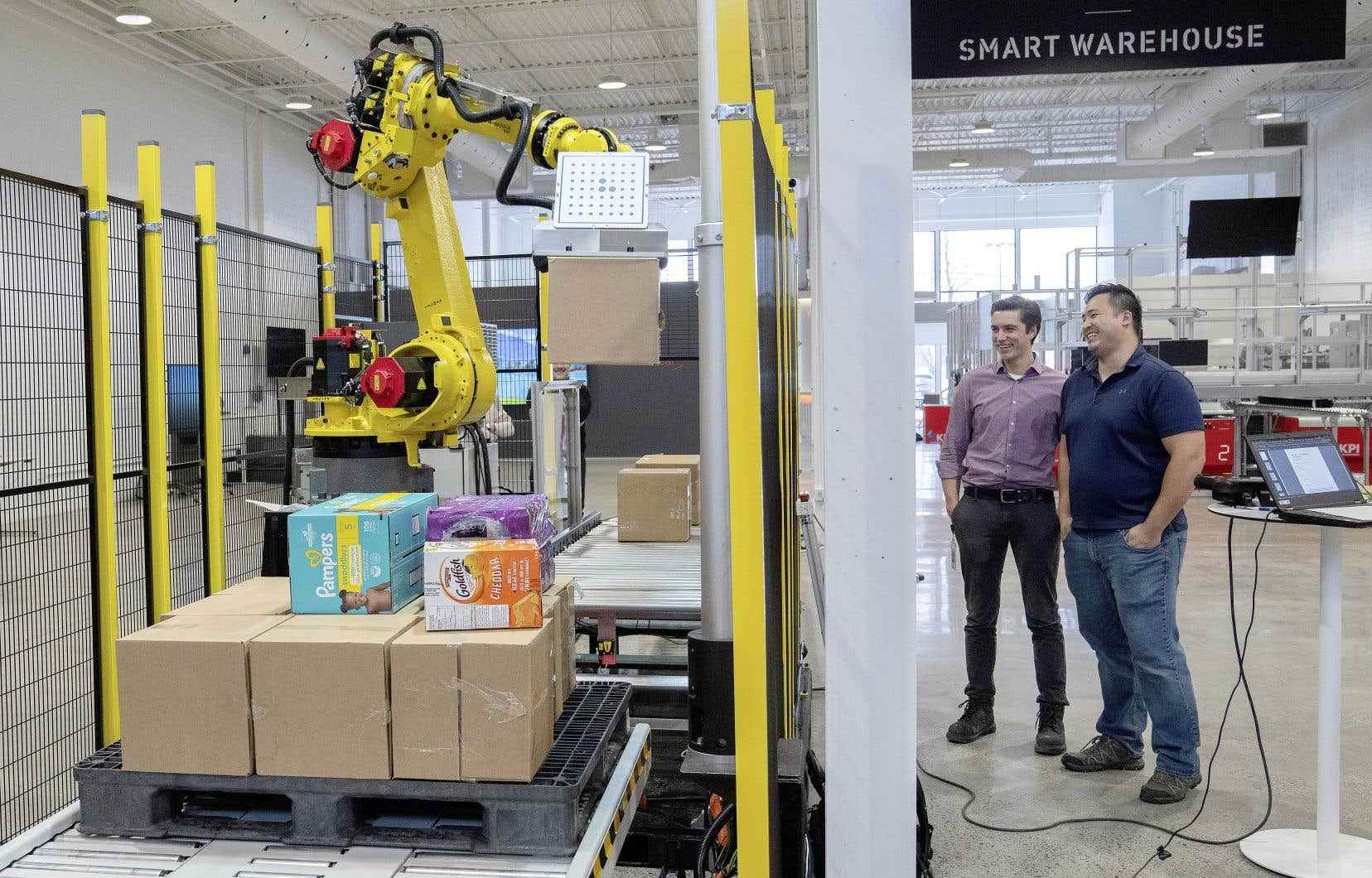Employment seems to be doing so well in Quebec that the announced economic slowdown could occur with almost no increase in unemployment. However, we must be wary of appearances.
At first glance, the Quebec labor market is doing wonderfully, indicates the Institut du Québec (IdQ) in its employment report for 2022 unveiled Thursday. The economy has more than regained all of the jobs lost during the COVID-19 pandemic, the unemployment rate remains near historic lows, and the average wage is higher today than it was before the pandemic, even taking into account the latest bout of inflationary fever.
With 230,000 vacancies, the bet of forecasters is that in the event of economic stagnation or even a mild recession, this large excess demand will first have to melt away before companies think of laying off employees. The unemployment rate should therefore not even reach 5% this year.
But the economic slowdown could be more severe than expected if inflation proves more difficult to reduce than central banks had hoped, forcing them to tighten their monetary policies even further, or if the global economic context has other unpleasant surprises, notes the IdQ. Nor is it said that companies will not decide to reduce their workforce anyway.
And then, observes the report of almost forty pages, “the movements between employment, unemployment and retirement are more and more fluid” today. Employers could negotiate a reduction in the number of hours worked to avoid layoffs. Older workers who lose their jobs could also give up returning to the labor market and retire. In these cases, the unemployment rate would not increase, but workers’ incomes and the capacity of the Quebec economy would nonetheless be reduced.
Rising wages
Already in a situation of full employment before the pandemic, Quebec today has a lower unemployment rate (4.1%) as well as an activity rate (87%) and an employment rate (83 %) of 15 to 64 year olds higher than before COVID-19, but also higher than in Ontario or Canada.
Higher than inflation since the financial crisis and the 2008-2009 recession, the increase in the average salary also continues to do better in Quebec than in the rest of Canada. At $31.87 last December, the real average hourly wage was 4% higher than it was in December 2019, even taking into account the surge in inflation since 2021.
This good performance of wages reflects the position of strength that the scarcity of labor confers on workers who are demanding increases, but not only that, explains the IdQ. It also stems a lot from the acceleration of their shift, since the start of the pandemic, from jobs with hourly wages of less than $20 (-40% of jobs) to jobs that offer between $20 and $30 ( +9%), or over $30 (+43%).
This great migration of the last three years has particularly benefited the sectors of professional, scientific and technical services (+39,400 jobs), public administration (+35,600), education (+34,900) and finance. and insurance (+34,100), while wholesale and retail trade (-29,300), accommodation and food services (-30,700) or transportation and warehousing ( -34,900) paid the price.
A growing shortage
This has aggravated a labor shortage problem that is already becoming more severe with the aging of the population. This is particularly the case for low-skilled jobs requiring no special education, where the number of vacant positions has multiplied by five since 2016. However, Quebec now has less than one unemployed person per vacant position, and the main – available labor is generally more educated than the positions to be filled require.
At the beginning of the fall, for example, there were more than 88,700 vacancies where no minimum education was required for 39,600 corresponding unemployed persons and 31,500 vacancies for jobs requiring a university degree for 42,800 unemployed persons holding such a diploma.
Thus, the future looks difficult for Quebec in terms of employment, summarizes the IdQ. As a larger proportion of its population is already employed, we cannot hope to increase supply much further. To complicate matters, its main industries tend to be proportionally more labour-intensive, the number of hours worked per job is lower and labor productivity is lower than elsewhere in Canada, so much so that it takes, on average, 17% more workers to produce the same wealth as in Ontario.
Upcoming changes
In this context, Quebec must, in the short term, spare no effort to increase the supply of labor by increasing the retention of older workers, by reducing the increase in absenteeism inherited from the pandemic or by resorting to temporary immigration, which has already doubled since 2018, to reach a total of 111,600 workers, notes the IdQ. “However, these measures will not be enough to reverse the trend. The best solution to alleviate labor shortages remains an increase in productivity, in particular through automation.
The fact that the level of education of Quebec workers is increasing will help bring about these changes. All the more reason to redouble our energy to combat school dropouts and take care that the current strong demand for labor does not exacerbate the problem.
The challenge will be more difficult for some, notes the IdQ. It will then be up to the governments to estimate how far they will be willing to go “to maintain certain productions in Quebec, ensure the vitality of our regions or even promote the attractiveness of our downtown areas”.
